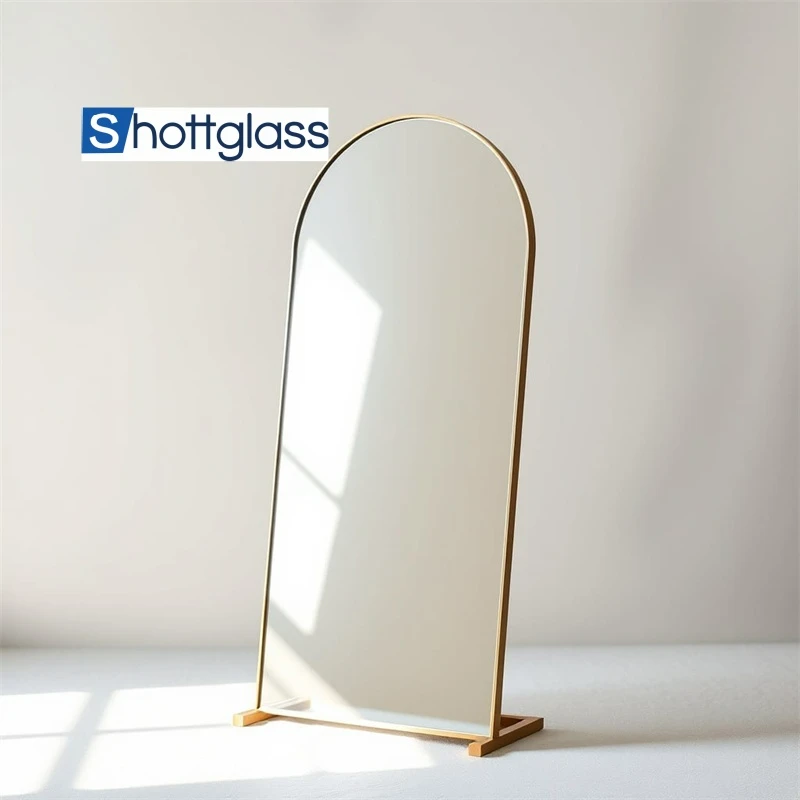Sep . 24, 2024 14:46 Back to list
Understanding the Characteristics and Applications of 15mm Float Glass
Exploring the Properties and Applications of 15mm Float Glass
In the realm of construction and architectural design, glass has long been celebrated for its aesthetic appeal and functional utility. Among the various types of glass available, 15mm float glass stands out for its unique attributes, versatility, and widespread application. So, what exactly is 15mm float glass, and why is it so significant in modern design?
Float glass is a type of flat glass that is produced by floating molten glass on top of molten tin. This innovative manufacturing process results in a smooth, uniform surface with excellent optical clarity. The term “float” signifies this unique method, which eliminates the need for further polishing and delivers a perfect finish. The thickness of 15mm indicates that it is a relatively thick glass, which enhances its structural integrity and range of applications.
One of the most notable characteristics of 15mm float glass is its superior strength compared to thinner varieties. This thickness not only provides added durability but also makes it less prone to breakage under stress. As a result, it is often used in environments where safety and security are paramount. For example, it can be found in glass doors, windows, and partitions, where the risk of impact is higher.
15mm float glass

Another advantage of 15mm float glass is its excellent thermal and acoustic insulation properties
. When utilized in double-glazing applications, it can significantly improve energy efficiency by reducing heat loss. This makes it an ideal choice for buildings aiming for sustainability and reduced energy consumption. Additionally, its ability to minimize sound transmission is advantageous in urban environments, creating quieter indoor spaces without sacrificing natural light.Beyond its practical attributes, 15mm float glass also offers a plethora of design possibilities. Architects and designers are increasingly leveraging glass as a fundamental component of modern aesthetics. The transparency and optical clarity of 15mm float glass allow for the seamless integration of indoor and outdoor spaces, fostering a sense of openness. Its reflective properties can also enhance the visual impact of a building, making it a popular choice for contemporary façades.
Moreover, 15mm float glass can be treated or coated to enhance its performance further. For instance, anti-reflective coatings can provide an unobstructed view while reducing glare, making it ideal for display cases in museums or showrooms. Laminated variations can enhance safety and security, as well as UV protection, making it suitable for residential and commercial settings alike.
In conclusion, 15mm float glass is more than just a building material; it is a multifunctional solution that bridges aesthetic appeal with practical performance. Its strength, energy efficiency, and versatility position it as a vital element in both residential and commercial architecture. As design trends lean more towards transparency and light-filled spaces, the relevance of 15mm float glass in shaping the future of architectural innovation will only continue to grow. The marriage of form and function found in this remarkable material ensures its place at the forefront of modern construction and design, making it an invaluable asset in the pursuit of beauty and sustainability in our built environments.
-
Mirror Glass: A Multifunctional Material in the Interweaving of Light and Shadow
NewsAug.20,2025
-
Laminated Glass: A Special Material That Safeguards Safety and Transparency
NewsAug.20,2025
-
Insulated Glass: The Ideal Choice for Building Energy Efficiency
NewsAug.20,2025
-
Frosted Glass: The Perfect Fusion of Hazy Aesthetics and Practical Functionality
NewsAug.20,2025
-
Coated Glass: A Fusion of Functionality and Aesthetics in Modern Decoration
NewsAug.20,2025
-
Clear Float Glass: A Transparent Aesthetic Carrier in Modern Decoration
NewsAug.20,2025
Related PRODUCTS














